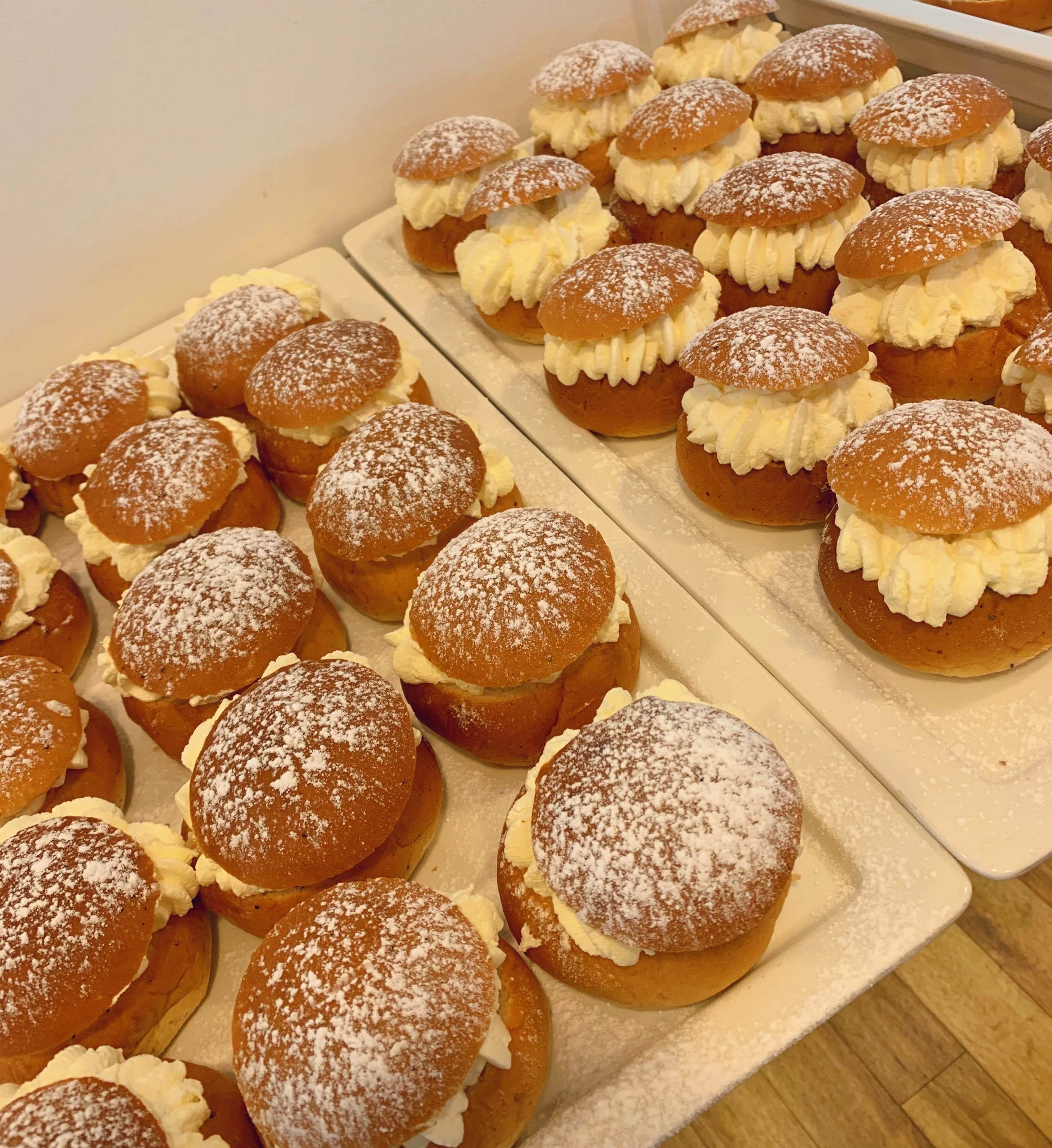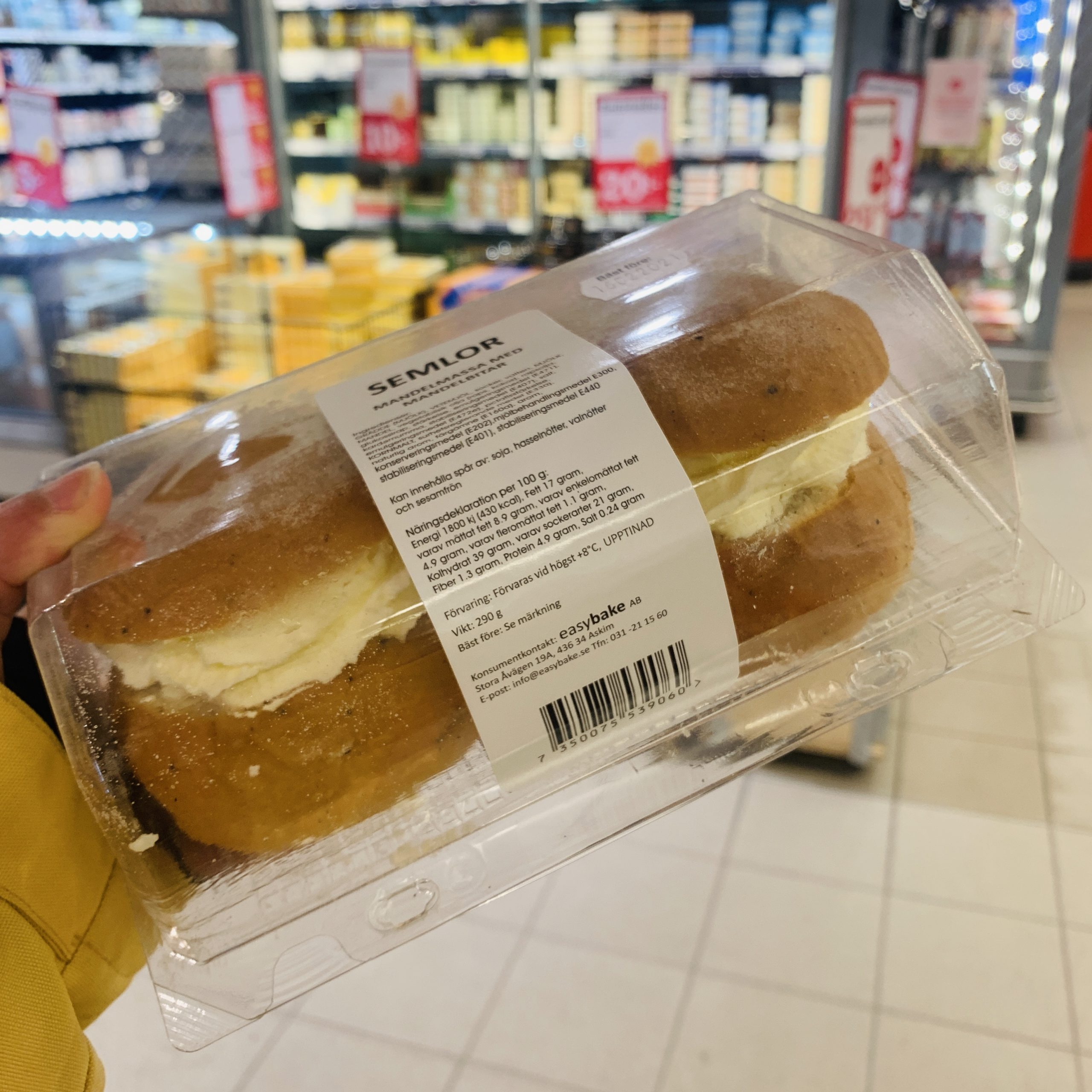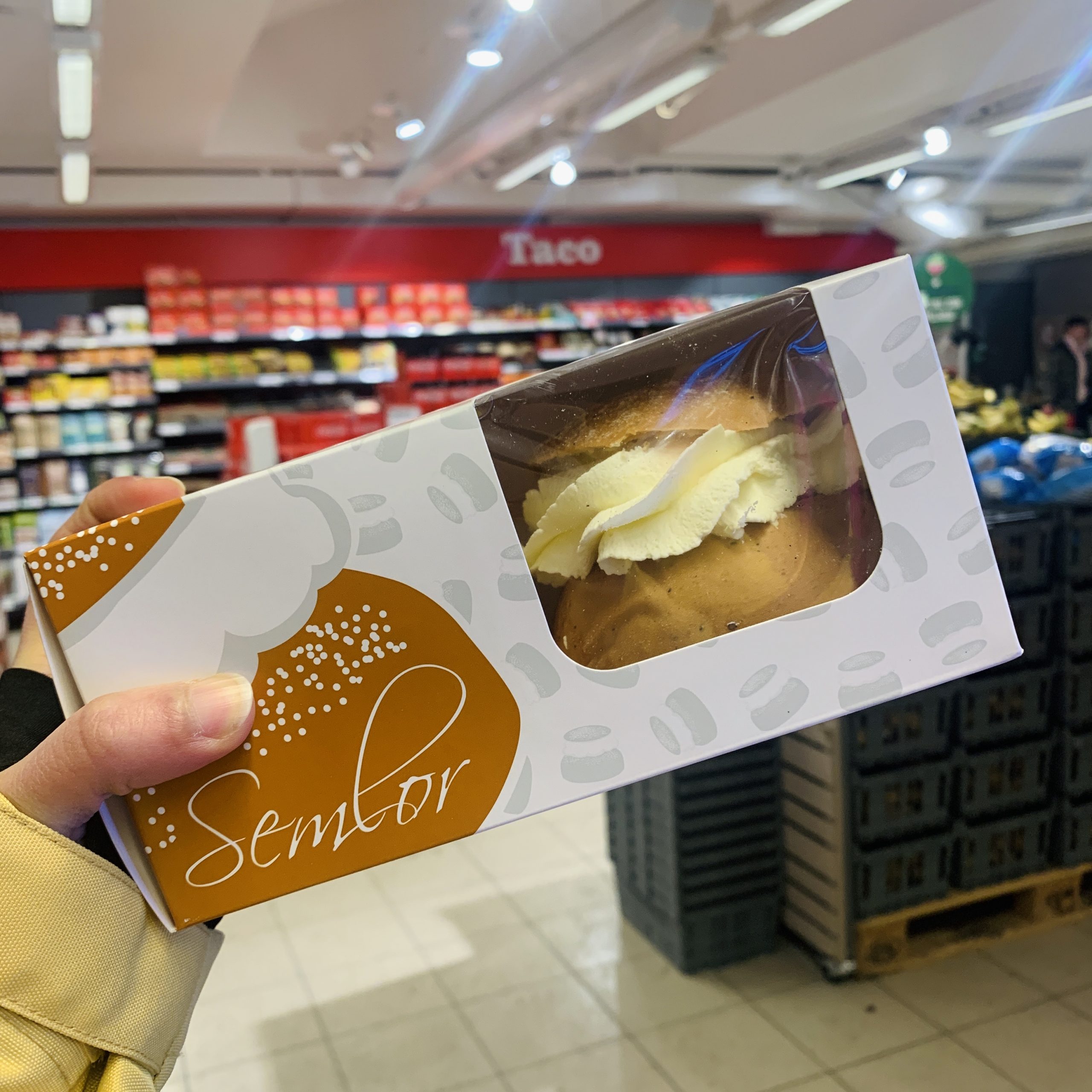February 16, 2021
Fettisdagen (The Fat Tuesday) in Sweden
These days you guys must often see “semla/semlor” in Sweden, a kind of pastry of light wheat bread with filling of almond paste and cream. It is because the February 16, 2021 is a traditional Christian holiday. People call it “the Fat Tuesday” or “Shrove Tuesday”, and in Sweden it is translated as “fettisdagen”.

Fettisdagen is the day before Ash Wednesday, and 47 days before the Easter. Therefore, the exact date of fettisdagen is not the same in each year, but can fall no earlier than February 3 and no later than March 9. The Swedish name fettisdagen is formed by Swedish words “fett (fat)” and “tisdag (Tuesday)”, where “fett (fat)” refers to all fatty foods that people eat on fettisdagen. Besides the most commonly used name, fettisdagen, there are other Swedish name for this day, including self-explanatory name semmeldagen, old-fashioned name fläsktisdagen (pork Tuesday), indulgence-related name smörtisdag (butter Tuesday), and vittisdag (white Tuesday) as it uses white flour while baking. Fettisdagen is one of Sweden’s most celebrated food days.


The way of celebrating Fat Tuesday varies in different countries. In Sweden, almost every Swedish family eats semla during fettisdagen, a traditional sweet roll made in different ways here. Selma is also known as fettisdagsbulle (fat Tuesday roll). It is a bun with whipped cream under the cut top of the bun, and also with almond paste in a hollow in the middle of the bun. Icing sugar is powered on the lid of the semla. In western Sweden, icing sugar is sometimes replaced with powdered sugar and chopped almonds. In many areas in Sweden, people like to eat semla with coffee or milk. Some of people also eat it dipped in warm milk! Throughout the season, people have time for around 50 million semlor in Sweden. During the 2000s, it has become common for shops and patisseries to market different varieties of semlor for allergy sufferers, consumers with a special diet or consumers who just want variety, for example with lactose-free cream, with vanilla cream. instead of almond paste, with gluten-free bread or where the cream and almond paste are mixed. Nowadays, semlor are available in bakeries almost every day until the Easter.

I was invited to have the semla.
If you want to take most traditional semla, visit your nearest old-fashioned konditori (confectionery). Usually they have been making semlor for years and master the key to do it right. The traditional konditori stores are everywhere in Sweden, so just keep observation and you will not miss it! Another way to enjoy semla is making it by yourselves! There are lots of recipes on the Internet, and I share one link from ICA here, about 3 good recipes for Fat Tuesday, including 1. Small rolls with homemade almond paste, 2. Classic rolls, and 3. Vegan rolls: https://www.ica.se/buffe/artikel/fettisdagen/.




